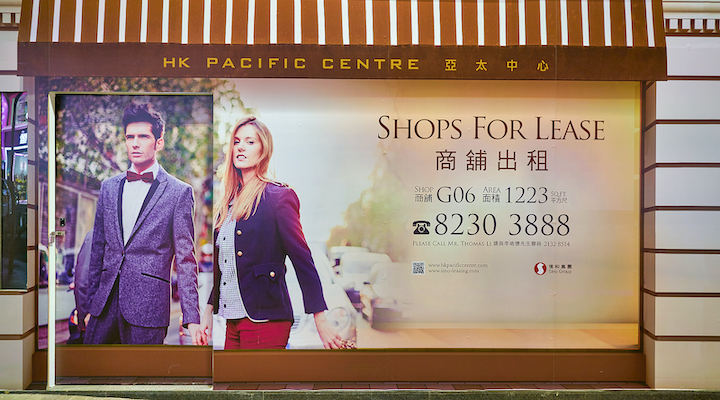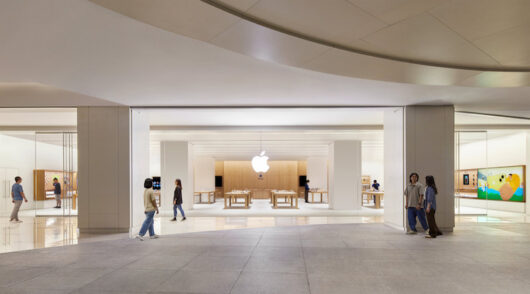Hong Kong’s retail-leasing market showed signs of bottoming out at the end of the third quarter as non-mainstream retailers took advantage of bargains, according to research from Savills.
As high-end and mid-level retailers culled their store networks in the absence of Mainland Chinese visitors and foreign tourists, local food & beverage chains are seeking space to expand their networks in neighbourhoods supported by large residential populations such as Tseung Kwan O. Lifestyle brands are eyeing locations with affluent local demand, like Central.
“With signs of stabilisation, retail rents seemed to have found a floor in the third quarter of 2020,” Savills said. “Prime street shop rents fell by 2 per cent quarter on quarter in the third quarter while shopping centre rents (base rents) remained largely stable.”
“While this is a very difficult situation to paint pretty, there were some early signs of returning activity in late September and a clearer picture of the new normal is beginning to emerge,” said Simon Smith, senior director, research & consultancy.
Savills predicts that with landlords and their tenants having to rely on local consumption for the time being, the retail scene will shift further from luxury and general retail to mid-market and “whole of life” offerings. Retailing in the New Territories and Kowloon will recover faster once same-day mainland visitors return but the timing is uncertain.
Traditionally, shopping by visitors accounts for 30 per cent of Hong Kong’s retail trade. But with borders closed, luxury brands have already shifted their focus to cities in the Greater Bay Area including Guangzhou, Shenzhen as well as Hainan Island and Savills predicts they will continue reweighting to southern China and away from Hong Kong.
There are signs that landlords are working to retain existing tenants with offers of up to 30 per cent in rental reductions to secure renewals and one-year lease extensions are becoming more common.
According to Savills’ analysis, overall vacancy rates in the 40 shopping centres it surveyed increased significantly, from 2 per cent in September 2018, prior to the social unrest and advent of Covid-19, to 7 per cent in September this year. Street shops and shopping centres with a strong focus on the visitor market are inevitably seeing higher vacancy rates, while district malls in the New Territories witnessed the highest vacancy of up to 12 per cent as some of their anchor tenants (often mid-range fashion brands and conventional Chinese restaurants) offloaded their larger outlets in these centres.
Savills also noted mainland tourist-favoured shopping malls such as Harbour City, Times Square and New Town Plaza have high vacancy rates which have climbed above 10 per cent.






